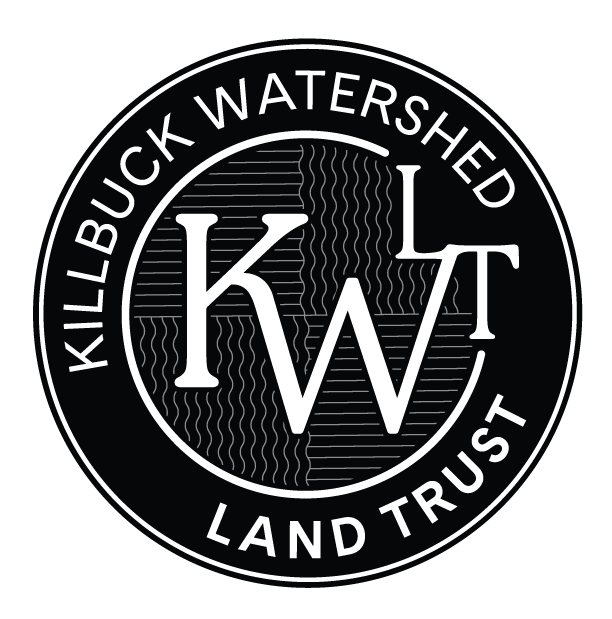Little Boxes on the Hillside: A Threat to Our Farmland
We can all understand the conundrum farmers find themselves in when they are looking to retire. If there is no one obvious to continue farming the land, it can seem like their only option is to sell their it for the “highest and best use,” which often means selling for development purposes. These developments consume urban edge farms and takeover entire rural landscapes.
According to American Farmland Trust’s report “Farms Under Threat: State of the States” published in 2020, Ohio lost approximately 312,200 acres of farmland between 2001 and 2016. 109,500 of these acres where lost to commercial, industrial and high-density residential land use. Whereas nearly twice that amount, 202,800 acres, were lost to another, more intense threat reshaping our farmland—low-density residential land use, which is generally single-family housing.
American Farmland Trust, in partnership with the USDA’s Natural Resources Conservation Service, has been collecting data and reporting on the loss of farmland across the U.S. since 1993. They have published six reports, each containing more detail and ever-increasing accuracy. The organization has also ranked the soil suitability, food production and land use off the contiguous U.S. to “assess the suitability for long-term cultivation and food production.” The areas with the highest rankings are classified as National Significant agricultural land…a.k.a. land best suited for farming.
72% of Ohio’s agricultural land has been classified as Nationally Significant. Unfortunately, our state lost 181,400 acres of this highly productive land between 2001 and 2016. That fertile Ohio soil that makes our land so agriculturally significant is a finite natural resource and holds immense value. It has taken thousands of years, dating back to when the glaciers retreated, for our rich soils to develop. Meaning, the conversion of farmland to development is irreversible within our lifetimes. Once converted, we lose the natural resource necessary for sustaining us. We need this soil to grow food, filter water, recharge aquifers and sequester carbon from the air. We need the land to provide habitat for wildlife and scenic view sheds for our mental health. And we need this land to maintain our resilience to climate change.
Above red areas indicate 2001 - 2016 conversion of agricultural land to high-density and low-density land use.
Image Credit: American Farmland Trust
Over the next 20 years, American Farmland Trust considers it likely that 40% of today’s farmland will change hands due to owners retiring. Whether it’s high-density urban development or low-density residential development, if left unchecked, we could lose another 24.4 million acres across the United States by 2040. Without action, the rolling hillsides, beautiful farms, and nationally significant land we value so much will be dotted with little boxes…or maybe big ones.
However, we can prevent this from happening. Local organizations and individuals must step up and take on the conservation effort ourselves. Farmers can place agricultural conservation easements on their properties through Killbuck Watershed Land Trust. Easements are a way for farmers to extract the value of development from the land while also preserving the future of the property as farmland—forever—while maintaining ownership and the right to sell the land or pass it along to their heirs.
If you are unsure about placing an easement on your property but still want to preserve farmland, or if you are not a farmer but wish to support farmland preservation, there are other solutions. You can push for our communities to develop smart growth policies, focusing on compact development and reducing urban sprawl. You can support programs that assist new generation farmers and historically marginalized producers gain equitable access to farmland. And, you can advocate for smart solar siting, which prioritizes placing new solar arrays on rooftops and in brownfields instead of using agricultural lands.
Killbuck Watershed Land Trust is committed to doing just that for generations to come.


